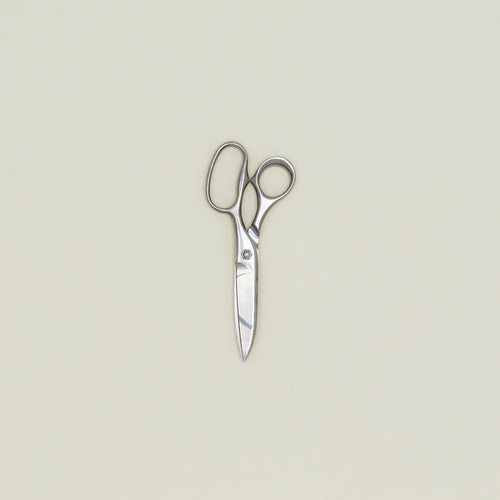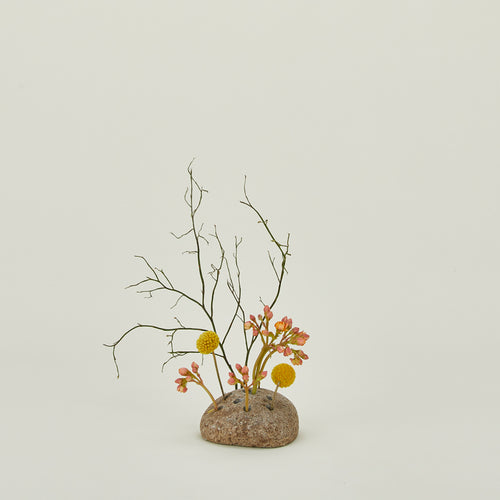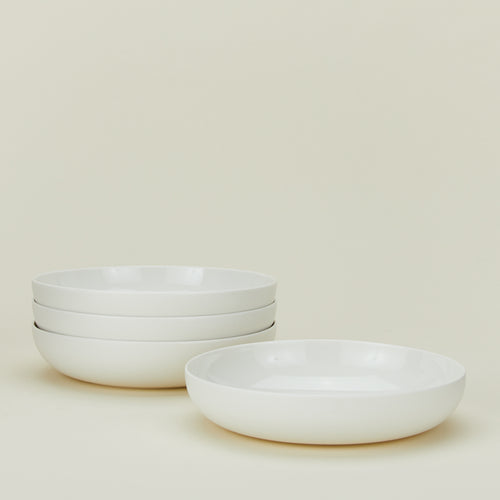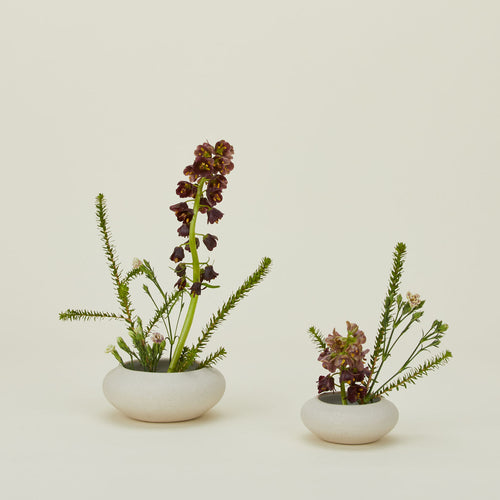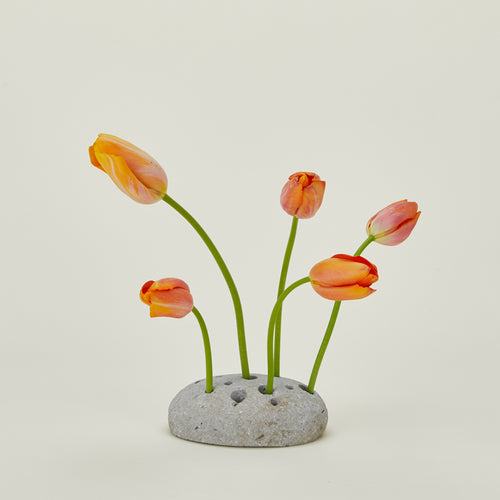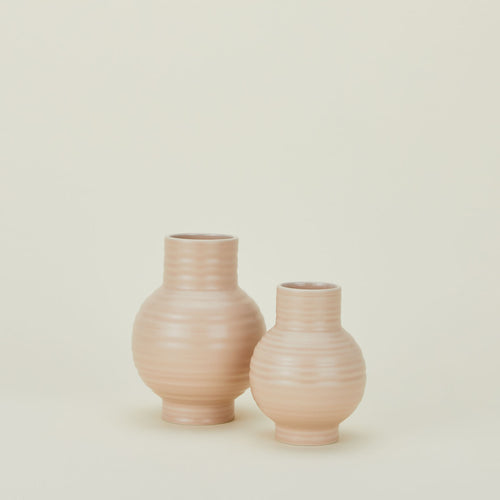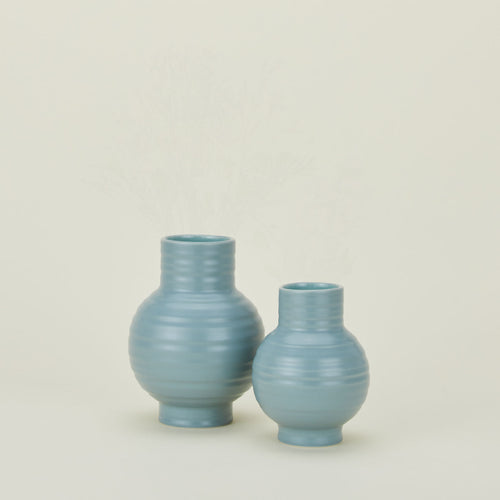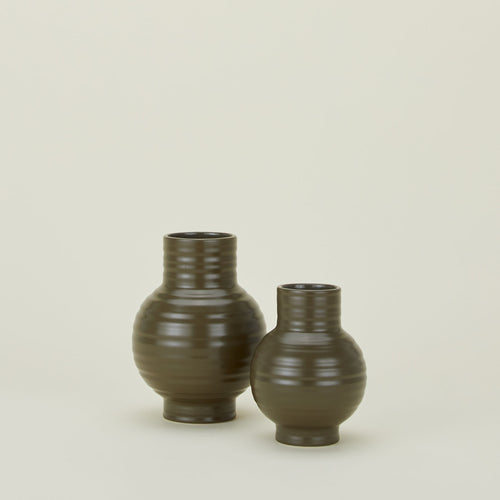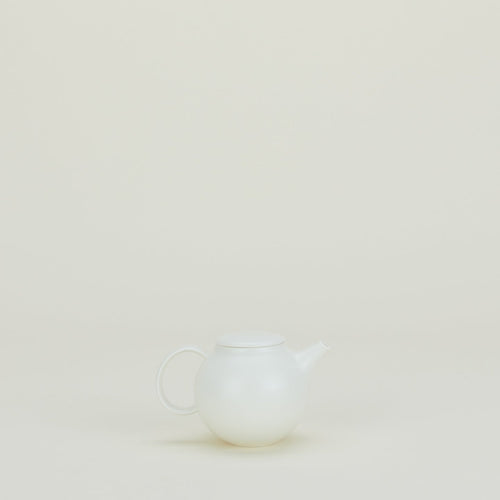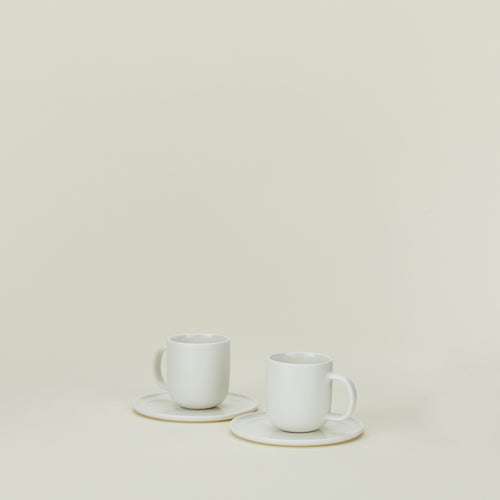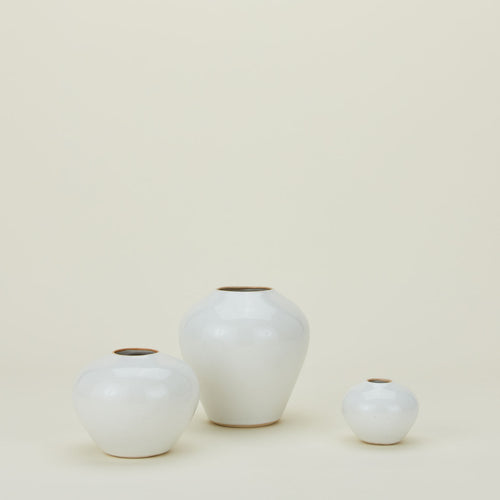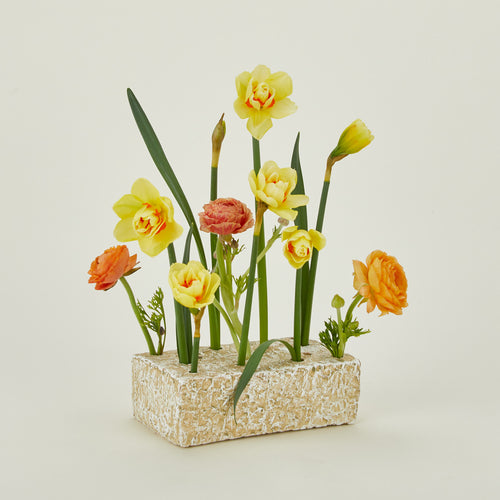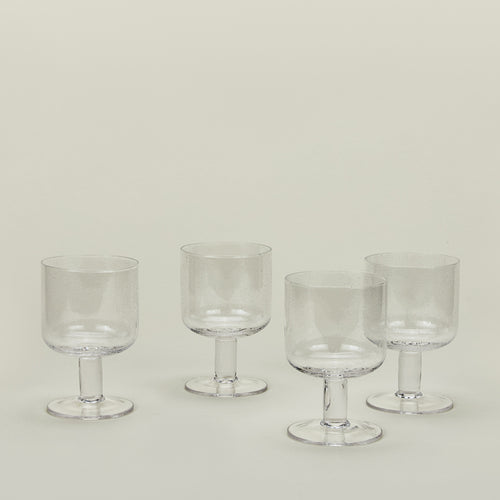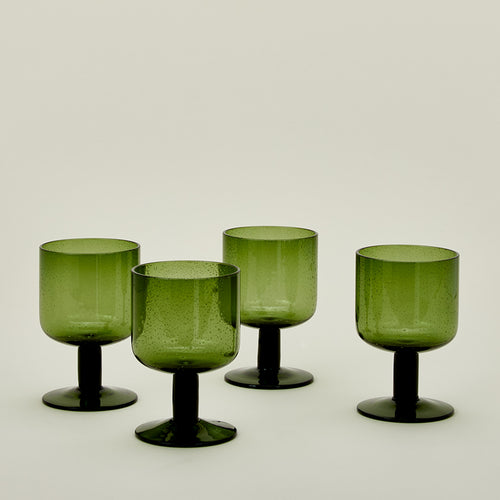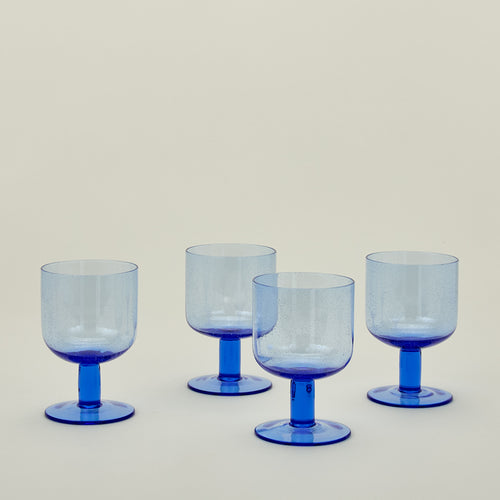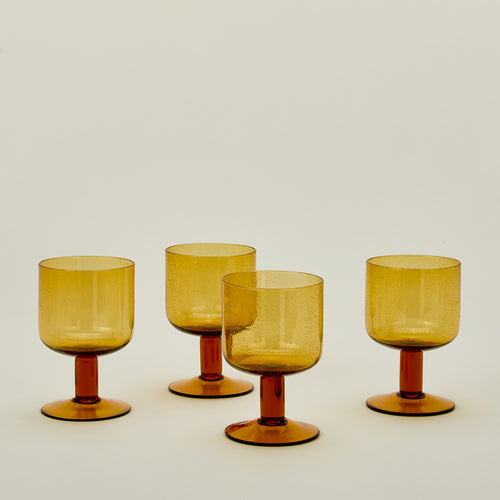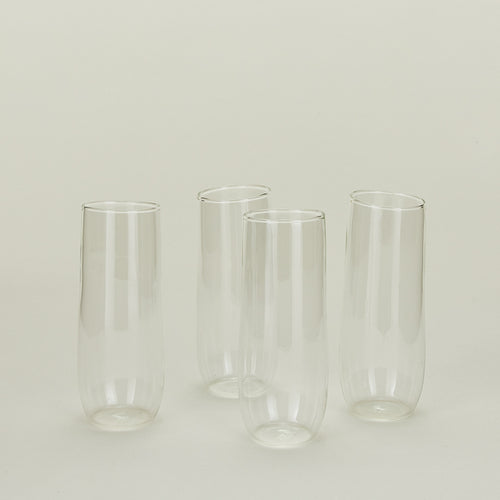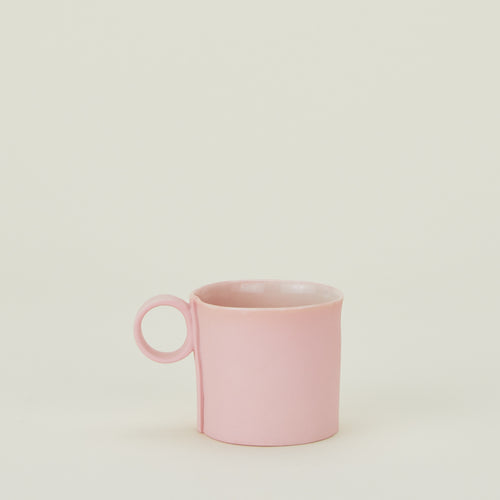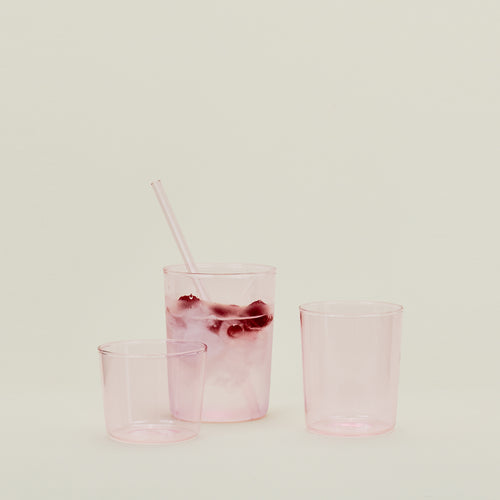Introducing Ikebana
Ikebana, a traditional Japanese artform that translates to “arranging flowers” or “making flowers alive”, dates back to around the 700s. As one of the three classical Japanese arts of refinement, Ikebana communicates tranquility and peace through plants, while connecting us to the natural world in balanced harmony.
Embodying all the traits of Wabi Sabi—imperfection, asymmetry, and appreciation—there are clear differences between a Western flower arrangement and Ikebana. Where Western flower arrangements are typically symmetrical and tightly packed, Ikebana is usually asymmetrical and leaves room for each plant to wander—putting the sole focus on the flowers.
We love Ikebana for its perfectly-imperfect embrace of life, as well as the careful consideration of color, line, and form within each arrangement. A form of living sculpture, Ikebana is a delicate dance between surroundings, medium, and season, as trees, plants, and flowers are traditionally embedded with symbolism in Japanese culture. And you don’t need to limit yourself to plants, the materials included in Ikebana arrangements are just as varied as each arrangement itself. The result is art in its most lively form—literally.

Ikebana Styles
There are currently 4 different Ikebana styles: Rikka, Seika, Moribana, and Contemporary Ikebana.
1. Rikka
Rikka was meant to symbolize the beauty of paradise. The goal of this method was to embody an elevated idea of the cosmos themselves, with 9 structural rules or “positions” developed by Buddhist monks that guide the general composition.
2. Seika
Seika style is a freer method of arranging that translates to “fresh-living flowers.” Seika style uses 3 positions of shin, soe, and uke to create an uneven triangle. In this style there’s an “active empty space” where the arrangement is placed, as well as within the arrangement itself, both of which are vital to the integrity of Seika style.
3. Moribana
Moribana embraces the relatively new belief that Ikebana should be viewed from all sides, leading to a “piling up” (the translation of Moribana) of materials to create a three dimensional sculptural quality.
4. Contemporary Ikebana
Contemporary Ikebana, the final style, is the most freeform of them all. Tying together the traditions of the previous styles, this is our current understanding of Ikebana as a whole: a living sculpture that utilizes a variety of materials in unique and individualistic designs.

Tips for Arranging
Anyone can practice Ikebana, and we encourage you to give it a try. For beginners, a simple method—used in Nageire and Moribana styles—involves two tall branches and a small bundle of flowers.
-
Add water to a shallow container (we recommend our Essential Footed Bowls).
-
Place a flower frog (kenzan) in the bowl to hold stems in place.
-
Select two branches and a flower, measuring and cutting each stem to your desired length.
-
Cut stems at different angles for added dimension.
-
Finally, add supplemental materials to fill out the arrangement and enjoy your arrangement.

How to Use Flower Frogs
Perfecting the use of a flower frog or kenzan takes patience and an eye for detail. Here are a few tips to help you get started:
-
Select the Right Size – Kenzans come in different shapes and sizes, so choose one that suits your arrangement’s scale. A well-matched flower frog provides better stability and enhances the overall look.
-
Position It Thoughtfully – Place your flower frog in the center or slightly off-center of your container, depending on the flow of your design. This allows for a more organic and intentional composition.
-
Experiment with Angles – Stems can be positioned at various inclinations, from upright to slanted, to create movement and visual interest. Trimming stems at an angle helps them stay secure on the pins.
-
Play with Height and Space – Ikebana thrives on contrast. Use varying stem heights and negative space to craft an arrangement that feels dynamic and balanced.
With these techniques, you’ll gain confidence in your Ikebana practice, using the kenzan to create floral designs that feel both artful and effortless.

A Cheatsheet to Color Pairings
One of the trickiest parts of Ikebana is selecting the right flowers. To make it easier, we’ve put together a simple color guide to help you get started. Whether you forage, visit a local flower shop, or browse the farmer’s market, choosing seasonal blooms will bring the most natural harmony to your arrangement.
We love Ikebana for its creative freedom—the ability to reflect your personal style and the mood of your home through plants. So while this guide is a helpful starting point, feel free to experiment and make it your own.
Neutrals + Golden - Warm and radiant, perfect for golden hour and summer months.
Ivory + Pop of Pink or Red - A calming neutral that offers beautiful contrast.
Peacock + Olive – Earthy tones that bring warmth to fall arrangements.
As you explore color combinations, trust your instincts, and embrace imperfection. Just like embarking on any new hobby, you’ll find your preferred method of arrangement over time and through trial and error.
Our one word of advice: don’t take things too seriously. Select your vessel and materials by your seasonal mood, instinctually, or from items you love to have in your home. Make sure to enjoy the journey of both arranging (and inevitably re-arranging).




